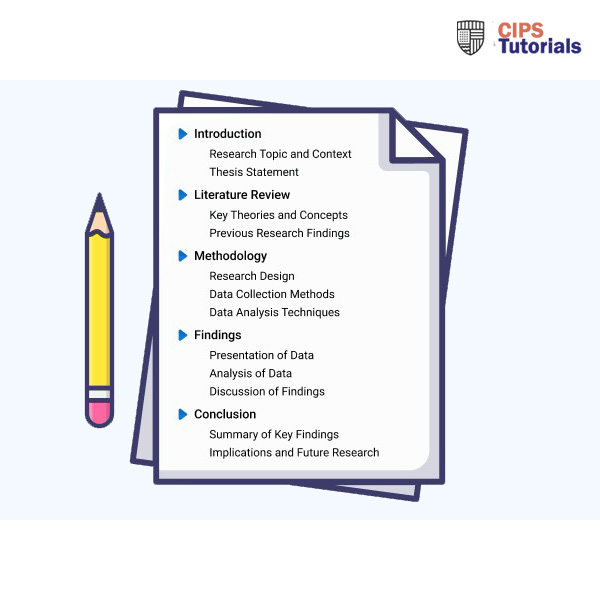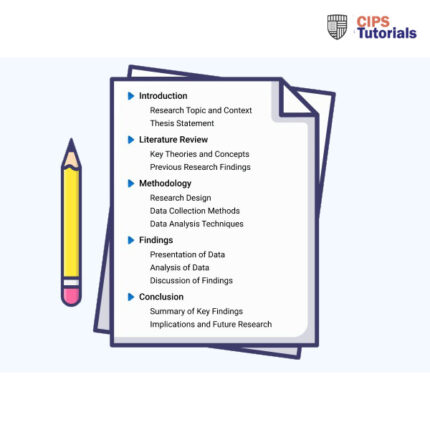-63%
Description
Related Papers
(Solution) ICS Learn CIPD Level 5 Advances in Digital Learning and Development (5OS02)
(Solution) CIPD 7OS05 major alternative international organisational forms and their consequences for the management of people
(Solution) New CIPD Avado 5C003- Professional Behaviours and Valuing People Assessment
(Solution) Negotiation Plan Red Sea Global Practitioner Corporate Award Assignment- PIN
This final assignment is integrated and intend to develop a formal negotiation plan for an organisation Procurement and Supply Management (PS&M).
The areas of focus include driving value through procurement and supply, managing expenditure, contracts development, sourcing essentials, and negotiation in PS&M.
The organisation of focus is Red Sea Global (RSG) Organisation a luxury, sustainability and innovation convergence for redefining development process. This is by focusing on the Cost Estimation Service (CES) spend category which are instrumental for RSG active practices.
In order to obtain appropriate findings in this negotiation plan, various tools including STEEPLE, Porter’s 5 Forces, SWOT analysis and Mendelow Matrix Stakeholders have been embrace for development of a negotiation plan. This is guided by the view that RSG as a development sector organisation has their priority on improving cost management efficiency and success in coming up with new developments and tourism models.
With the tourism sector slowly recovering from POST-COVID pandemic negative implication by economic slowdown, financial resources in RSG PS&M and negotiations have reduced. As such, the existing resources for RSG are not much. Therefore, the value for money outcomes in the negotiation strategy is supposed to be put into consideration.
For RCG, this is the rationale of coming up with a detailed negotiation plan for success in PS&M operations. The negotiation plan is in alignment with various sourcing approaches, terms and conditions and varying expectations.
The key findings indicate the best practice include use of different content in development of a negotiation plan. The steps followed have been identified to include preparation, test, propose, bargain, agree and close.
The key findings also highlight the essential of involving all organisation stakeholders as part of the negotiation. This is with stakeholders relationships being essential.
Another key finding is that for success in the negotiation process, leverage on BATNA and MLA is essential to obtain relevant findings.
From the findings and also conclusions obtained, various recommendations can be generated.
The recommendations inclue nee to initiate sufficient planning to involve all the stakeholders while at the same time holistically investing in technologies and managing conflicts of interest.
Another recommendation include need to customise negotiation strategy informed by market environment factors.
(Solution) 5CO01 (AC2.2) Assess how people practices impact on organisational culture and behaviour
(Solution) CIPS Category Plan Implementation, Challenges Faced and Solutions
- In this report, a category plan for Oracle in office materials category of spend has been developed.
- Category planning has been noted to be a practice where category plans are established aligned with clients business objectives strategically to maximise value, risk reduction, and supply of goods and/or services effective management.
- Therefore, the Oracle category plan is in tandem with retail and business portfolio objectives to advance clients' needs. The process is applicable in enhancing value maximisation, reducing risks, and goods and services supply management.
- The applied data inform this assessment findings obtained using techniques such as Kraljic Matrix, Market Structure, PORTER’s 5, and SWOT analysis.
- Further, existing data focusing on insights of market competition and TCO is successfully analysed.
- Eventually, a successful category plan implementation has been developed, identifying challenges and approaches for mitigating the difficulties identified.

